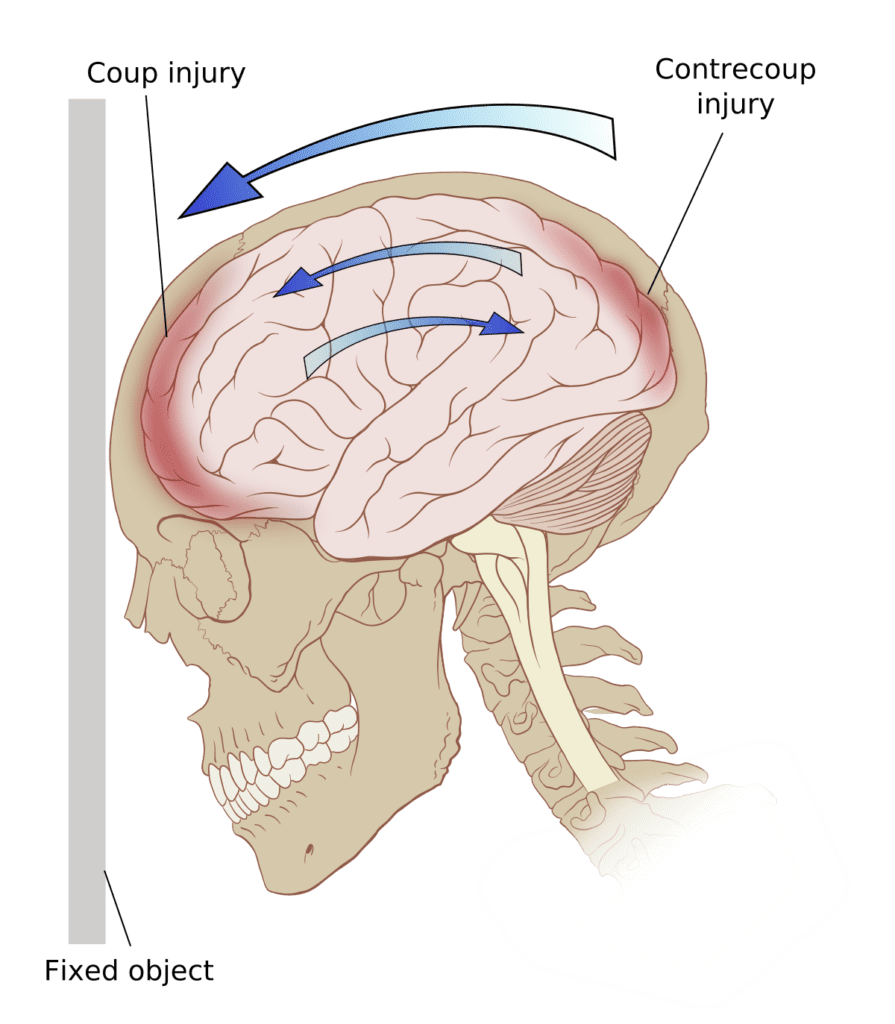Second impact syndrome, or SIS, occurs when the brain swells fast following a second concussion, before the symptoms of the first concussion have resolved. This occurrence is uncommon, but when it does occur, it is typically fatal. Those who survive a catastrophic incident are typically profoundly crippled for life.
Young, otherwise healthy patients can die within minutes of sustaining a second concussion, which is a tragic occurrence. The brain suddenly loses its ability to regulate cerebral spinal fluid pressure, resulting in significant brain swelling and possibly brain herniation, which can cause death or permanent disability.
The impact of the second incident need not be significant for second impact syndrome to occur. A slight hit to the head, chest, or back that jolts the head enough to cause the brain to migrate within the skull can produce the typically fatal injury.

Observable symptoms
Athletes who return to play before the symptoms of a mild head injury have disappeared are at risk for developing SIS. Among these symptoms include headaches, cognitive difficulties, and visual alterations.
The initial damage could be a concussion or a more serious kind of head trauma, such as a brain contusion. However, the severity of the initial concussion is not required for the second hit to develop SIS. In addition, the second impact may be quite tiny, such as a chest impact that causes the head to shake, thereby transferring acceleration forces to the brain. For SIS to occur, loss of consciousness during the second injury is not required. Both injuries are possible during the same game.
After a second concussion, the athlete may continue to play and may be able to walk off the field without assistance, but symptoms advance rapidly and the condition can rapidly deteriorate. Neurological collapse is characterized by fast onset of dilated pupils, loss of ocular movement, unconsciousness, and respiratory insufficiency. Brain stem failure often occurs between two and five minutes after the second impact, and death can occur quickly thereafter.
Sometimes, SIS is linked with a subdural hematoma.
Neuroimaging Findings
Cerebral enlargement
Midline herniation of the brain
Potential acute subdural hematoma
Protection from SIS After a Car Accident
After an automobile accident, one of the greatest strategies to prevent a second head injury is to avoid any activity that could result in a brain injury. Avoid activities such as exercise, sports, and recreation. You must avoid engaging in any activities that pose a danger of falling.
If your occupation puts you at risk for falls or other injuries, you may wish to address this with your doctor and consider taking additional time off work until you have fully recovered. Until your doctor releases you and informs you it is okay to return to your normal daily activities and employment, you should take as few risks as possible.


